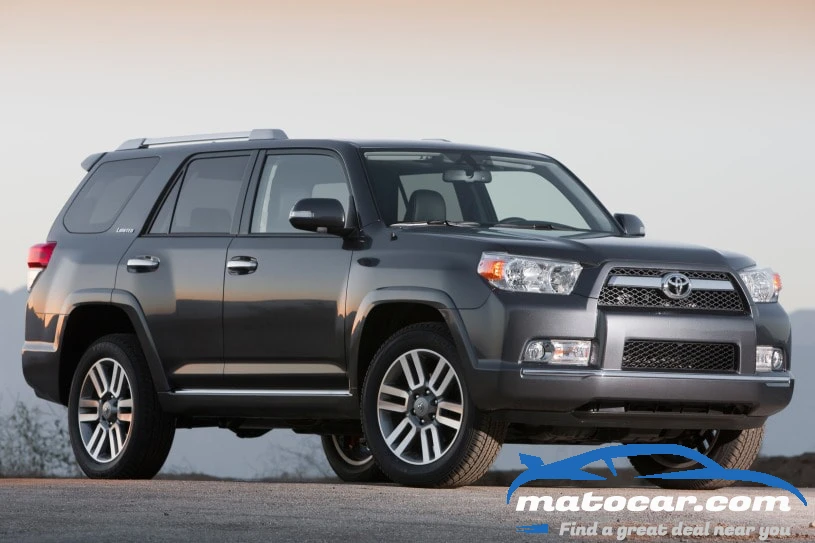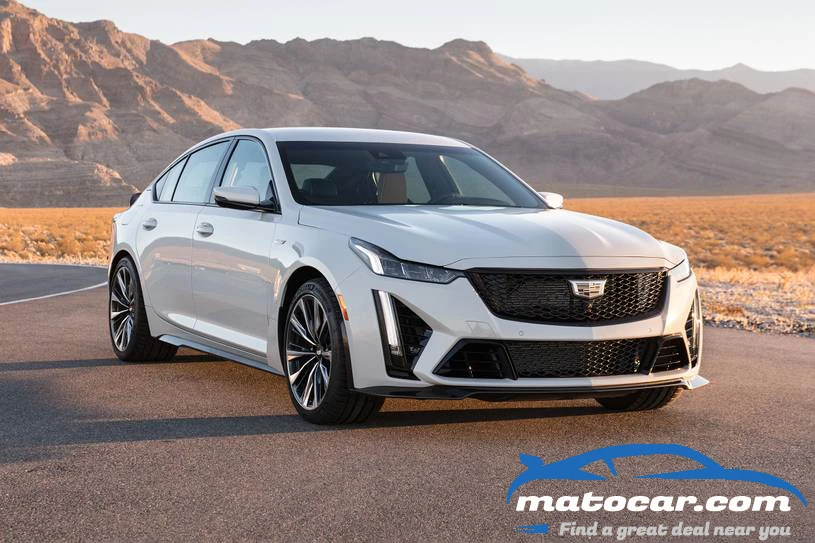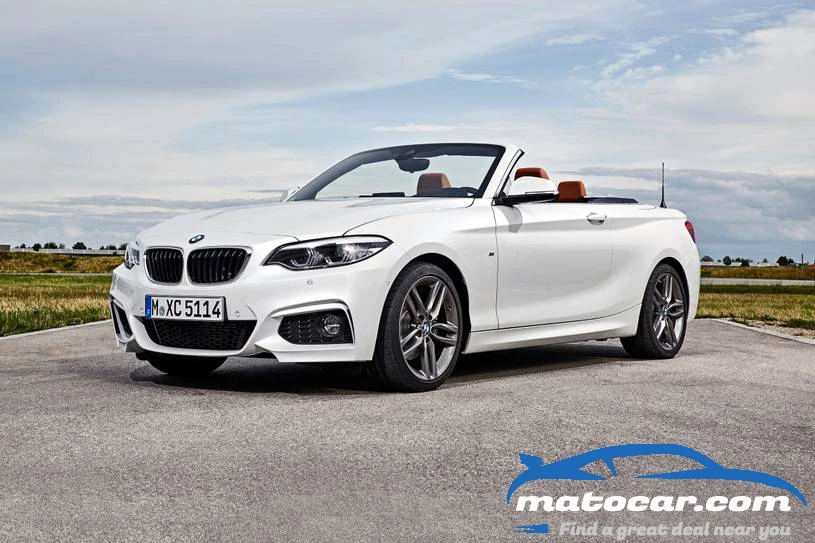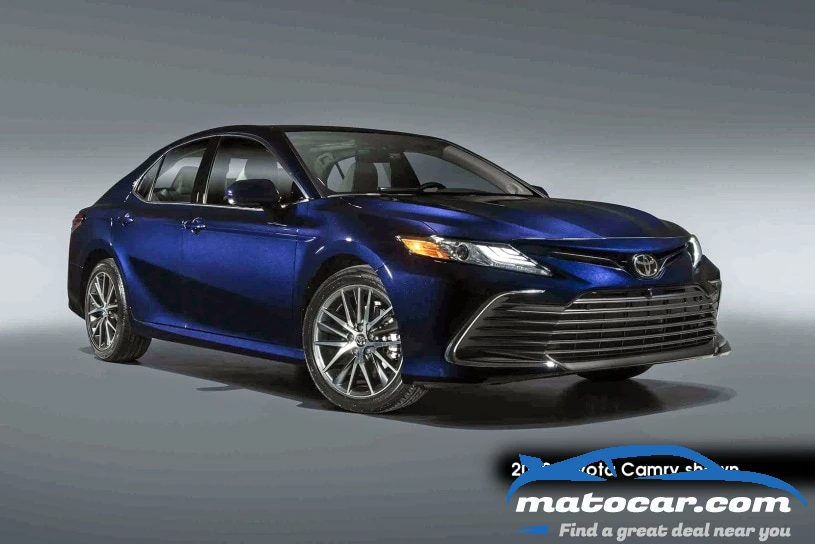Toyota 4Runner 2010 Review Prices , and Pictures
10.0/10
Based on 1 reviewsMSRP range: $13,380 - $19,380
- Strong V6, outstanding off-road capability, pleasant on-road demeanor, ample cargo capacity, available third-row seat.
- Cramped third-row accommodations, no V8 option, weak and inefficient base four-cylinder.
Among go-anywhere traditional SUVs, the 2010 Toyota 4Runner is a top choice. However, those looking for more passenger space and who don't require much in the way of off-road capability may want to consider a car-based crossover SUV instead.
Vehicle overview
Just over a quarter of a century ago, Toyota introduced the 4Runner. Back then, the term SUV referred to a truck-based vehicle designed to negotiate rugged trails and rocky peaks without breaking a sweat. These were the rigs of choice for campers, mountain bikers and skiers, not soccer moms or city slickers looking to make an image statement. Interestingly, the redesigned 2010 Toyota 4Runner stays true to these mountain-goat roots, courting real outdoor enthusiasts while leaving Toyota's various crossover and luxury utes to cater to the tenderfoots.
The new 4Runner is based on the same platform used for the rugged FJ Cruiser, and it's taller, wider and longer than the previous model. Like all 4Runners, this one has a no-nonsense solid rear axle for superior off-road performance. One trick new feature this year is the available Kinetic Dynamic Suspension System (KDSS), which can disconnect the front and rear stabilizer bars at speeds below 40 mph for greater wheel articulation over tough terrain. On the outside, the 4Runner has an edgy new look, with a blocky front grille and pronounced fender flares.
Under the hood, the base engine is now a four-cylinder, marking the first time the 4Runner has offered one since 2002. We're not quite sure why Toyota bothered, as the inline-4 is only available on the base two-wheel-drive model, comes with an old-school four-speed automatic transmission, produces a lackluster 157 horsepower and gets basically the same fuel economy as the 4.0-liter V6.
The vast majority of 4Runner buyers, we suspect, will want the V6, which has been tweaked to produce 270 hp (up 34 hp) and 278 pound-feet of torque (up 12 lb-ft) while remaining just as fuel-efficient as last year. However, the previous 4Runner's optional V8 is no longer offered, so those in search of maximum towing capabilities or simply the smooth power of a V8 will have to look elsewhere.
Because of its focus on off-road adventure, the 2010 Toyota 4Runner can't quite match the real-world functionality of modern crossovers such as Toyota's own Highlander, the GMC Acadia or the Hyundai Veracruz. It comes surprisingly close, though, offering a healthy 90 cubic feet of cargo space and an available third-row seat. And while the 4Runner doesn't have the driving dynamics and fuel efficiency of these car-based SUVs, it does compare favorably to traditional SUV rivals like the Dodge Durango, Ford Explorer, Jeep Commander/Grand Cherokee and Nissan Pathfinder, lacking only that optional V8.
Overall, Toyota has managed to maintain the 4Runner's strong off-road enthusiast appeal while making it a more practical daily driver. If you're looking for a vehicle that can do just about anything, this is one you won't want to miss. The 4Runner's forerunners would be proud.
2010 Toyota 4Runner models
The 2010 Toyota 4Runner is a midsize SUV that is offered in three trim levels: SR5, Trail and Limited. The SR5 comes with 17-inch alloy wheels, black fender flares and rocker panels, skid plates, foglights, air-conditioning (with rear ventilation), cruise control, full power accessories with a power rear window, a tilt-and-telescoping steering wheel, a trip computer and a CD/MP3 audio system with an auxiliary audio jack. The four-wheel-drive (or V6-equipped) version adds color-keyed fender flares and rocker panels, heated sideview mirrors with turn indicators and puddle lights, chrome roof rails and grille and a tow hitch receiver.
Upgrading to the Trail (available only with 4WD and the V6) adds a hood scoop, a locking rear differential, Crawl Control (which automatically modulates throttle and brakes when ascending or descending hills), off-road-oriented tires, smoked head- and taillights, a back-up camera that displays in the rearview mirror, upgraded gauges, steering-wheel-mounted audio controls, water-resistant upholstery, power front seats, a sliding rear cargo deck and an upgraded audio system with satellite radio, a USB port with iPod connectivity and Bluetooth phone and audio functions.
The upscale Limited trim level adds 20-inch alloy wheels, Toyota's X-REAS adaptive suspension dampers, keyless entry and ignition, automatic headlights, dual-zone automatic climate control, an upgraded audio system with a six-CD changer and 15 speakers, a leather-wrapped steering wheel, leather upholstery, heated front seats and driver power lumbar support.
Many of the Trail and Limited features are available as options for the SR5 model, though specifics will vary based on the region you live in. Other option highlights (depending on trim) include a sunroof, a voice-activated navigation system and a third-row seat. The aforementioned KDSS off-road suspension is available only on Trail models.
MatoCar Latest Toyota 4Runner NewsThis Is Our Best Look Yet at Toyota's EV Pickup2010 Highlights
The Toyota 4Runner has been redesigned for 2010, bringing greater on-road refinement without giving up any of its traditional off-road prowess.Performance & mpg
The 2010 Toyota 4Runner comes with either a four-cylinder engine or a V6, depending on trim level. The 2WD SR5 comes with a 2.7-liter inline-4 that makes 157 hp and 178 lb-ft of torque. All other models receive a 4.0-liter V6 with 270 hp and 278 lb-ft.
A four-speed automatic is paired with the inline-4, while a five-speed automatic is fitted to the V6. The SR5 and Limited can be had in either rear-wheel or four-wheel drive (part-time system on SR5, full-time system on the Limited), while the Trail comes only with part-time 4WD. Towing capacity for V6 models is 5,000 pounds when properly equipped.
EPA fuel economy estimates are remarkably similar whether the vehicle is powered by a four or a V6. The 2WD four-cylinder 4Runner rates 18 mpg city/23 mpg highway and 20 mpg combined. The 2WD V6 comes in at 17 mpg city/23 mpg highway and 19 mpg combined, while the 4WD V6 loses 1 mpg on the highway.
Safety
All 2010 Toyota 4Runners come equipped with antilock disc brakes (with brake assist), stability control, traction control, active front head restraints, front knee airbags, front-seat side airbags and full-length roll-sensing side curtain airbags.
Driving
If you choose the V6, power is satisfactory. At 8.2 seconds for the 0-60-mph sprint, the six-cylinder 2010 Toyota 4Runner is reasonably quick, and shifts from the five-speed automatic are prompt and refined. You can forget about the four-cylinder engine, though, which for some reason makes 30 less horsepower than the similar Highlander engine, despite the 4Runner's added weight -- and employs an outdated four-speed automatic instead of the Highlander's six-speed, resulting in a negligible fuel economy advantage over the V6.
Despite being based on a traditional truck platform, the 2010 Toyota 4Runner boasts a smooth and controlled ride. When fitted with the X-REAS or KDSS, the 4Runner even delivers reasonably confident handling as long as you don't push it too hard. More impressive, of course, is the 4Runner's off-road ability. In testing, we've found that the combination of the 4Runner's 9.6 inches of ground clearance (4WD models) and KDSS works extraordinarily well in the dirt, making the 4Runner so nimble over lumpy terrain that we thought the tires were underinflated -- a good thing for off-roading.
Interior
The Toyota 4Runner is roomier than it was before, and it offers spacious seating for five passengers, with the ability to seat two additional passengers in the optional third-row seats. The third-row seating is somewhat cramped, however, making it suitable for children or short adults only. Maximum cargo capacity is a useful 90 cubic feet. The optional sliding rear cargo deck takes up a little bit more space but can conveniently support up to 440 pounds.
On the whole, the 4Runner's interior is handsomely designed, though materials quality has dipped from the previous generation's luxurious level. Still, it's a nice place to spend time, and the Limited's cabin offers many of the accommodations you'd expect in a Lexus. The various dials and switches are intuitive and well placed, while the voice-activated navigation and Bluetooth phone operation increase safety and reduce stress. New for this year is an "ECO" meter that lets you know whether you're driving in a fuel-efficient manner via a needle that moves into either the green (good) or red (bad) zone.
Rate the car
You may also like
0 Comments









